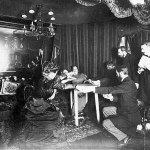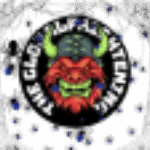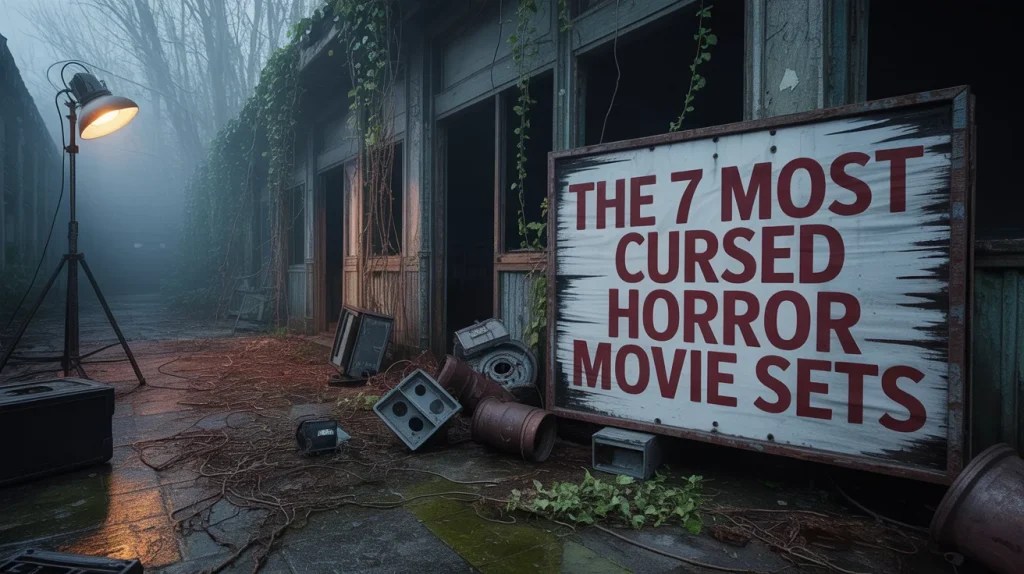Persecuted for his beliefs, the ghost of David Joris, the famous heretic is said to haunt his old home Spießhof in Basel. According to mediums, he won’t leave before clearing his name.
Tucked away in the winding streets of Basel’s Old Town, surrounded by Renaissance façades and shadowed alleyways, stands the Spießhof Building at Höibarg 5 and 7. On the 13th century it was called House of Spiess. An unassuming yet stately structure whose handsome exterior belies a dark and lingering presence within. For nearly 450 years, the house has been stalked by one of Switzerland’s most unsettling phantoms: the headless ghost of David Joris.
Read More: Check out all ghost stories from Switzerland
His story is one of religious strife, betrayal, and posthumous vengeance, and to this day, locals swear that on certain mist-laden nights, a figure without a head prowls the building’s halls, accompanied by two spectral black dogs with eyes like smoldering coals.


A Heretic’s Sanctuary Turned Tomb
The tale begins in the mid-16th century, a time when Europe was convulsed by the violent aftershocks of the Protestant Reformation. David Joris, a charismatic Dutch preacher, glass stain artist and painter, had amassed a controversial following in the Low Countries for his unorthodox religious teachings. An adherent of the radical Anabaptist movement called the Muscat sect of the Davidites he was leader of.


Joris believed in adult baptism, pacifism, a preacher for polygamy and a personal, mystical relationship with God that were views considered dangerously heretical by both Catholic and Protestant authorities alike.
Fleeing persecution together with his wife Dirckgen and family, Joris arrived in Basel in 1544 under a false name, claiming to be a respectable merchant claiming to be a Zwinglian. In addition to his wife, with whom he had eleven children, he himself had a “spiritual bride”, Anna von Berchem, the sister of his future son-in-law, with whom he also had several children and whom he later married to one of his followers. The city, known for its relative tolerance of religious refugees, welcomed him.
There, he established a prosperous household, secretly leading a colony of like-minded followers while amassing considerable wealth and status as he went under the name Jan van Brügge.
However, in death, his secrets unraveled.
Exhumation and Desecration
When Joris passed away on August 28, 1556 it was said that a flash of lightning struck the building, he was buried with the honors befitting a man of his public reputation. He had died three years after his wife and was placed next to her in the Church of St. Leonard.


But within a year, the truth of his Anabaptist beliefs was exposed. Furious at having harbored a heretic in their midst, Basel’s authorities ordered his body exhumed three years after his death. In a macabre and symbolic act of damnation, they beheaded his corpse and hanged it in front of the Spalen Gate before burning him, an eternal punishment meant to sever his soul from salvation.
Some say that his remains were buried inside of the building, others say that his ashes were spread in the Rhine.
This violent desecration was not the end of David Joris. If anything, it marked the beginning of his restless haunting.
A Headless Specter and His Hellhounds
According to local legend, Joris’s decapitated ghost soon began to roam the Spießhof Building, where he had once lived in secret splendor. Witnesses through the centuries have described a headless man clad in 16th-century garments with his head under his arm, wandering the corridors and inner courtyard, accompanied by two massive black Great Danes. The hounds are said to possess unnaturally glowing eyes and an aura of malevolence, following their master through the gloom like grim familiars.
Some versions of the story claim the dogs are the spectral embodiment of his guilt, while others suggest they are demonic guardians, bound to Joris as a result of heretical pacts made in life.
Enduring Folklore in Basel’s Heart
Though today the Spießhof Building houses government offices and private apartments, the eerie legends persist. Staff and residents have reported phantom footsteps, cold spots, and sudden drafts, even on windless nights. It is also said it sounds like the clunking
There are tales of unexplained barking echoing through empty hallways, and of doors slamming shut of their own accord. A few old women have seen him in his estate in Binningen, riding his horse through his lands. It is said however that the Franciscan Capuchins monk have banished the ghost to the bell tower of Binningen Castle. Others have seen him strolling along the paths of Holeeholz.


On certain misty evenings, some claim to see the shadow of a headless figure moving past the upper windows, accompanied by the soft padding of unseen paws. Mediums that have visited the house claim that he wouldn’t leave until his name had been cleared by the authorities.
In Basel’s rich tapestry of folklore and ghost stories, David Joris’s spectral presence stands out as one of the city’s oldest and most unsettling hauntings — a grim reminder of religious intolerance, secret lives, and the restless dead.
Newest Posts
-

The Headless Heretic of Basel: The Haunting of the Spießhof Building
Persecuted for his beliefs, the ghost of David Joris, the famous heretic is said to haunt his old home Spießhof in Basel. According to mediums, he won’t leave before clearing his name.
-

The Evil Eye of Rebgasse: Curses, Shadows, and an Exorcism in Basel
Kleinbasel neighborhood is perhaps one of the most haunted places in Basel, Switzerland. In an unassuming house at Rebgasse 38, the well known exorcist Johann Jakob von Brunn visited twice to banish the ghosts lingering in it.
-

There is a ghost legend from Roman times in Zurich. The story of the martyrs and saints Felix, Regula and Exuperantis who rose from their deaths and walked with their heads under their arms, is still an important story for the city.
-

The Gray Ghost of Claraplatz: Kleinbasel’s Neighborhood Spirit
Said to haunt several houses around Kleinbasel district in Basel, Switzerland, the terrifying ghost known as The Gray One was roaming the street. Especially in a now demolished house on Claraplatz, two little girls had to endure his persistent haunting.
-

Ghosts of Uetliberg Hill and The Three Beeches by the Manegg Castle Ruins
A woman scorned by the Manesse family from the ruins of the old Manegg Castle on the hills of Uetliberg in Zurich, she is said to haunt the place she was seduced and ended her life, appearing to passersby on stormy nights.
-

The Restless Spirits of Kleines Klingental: Basel’s Haunted Nunnery
A house of God turned into the sinful playground of the rich and powerful nuns, the former Dominican Cloister, Kleines Klingental in Basel is said to be haunted by the ghostly nuns, still to this day praying to be released from their sins.
-

Anchanchu: The Shapeshifting Vampire of Bolivia’s Lonely Roads
In the loneliest corner of the Andean highlands of Bolivia and Peru, an Aymaran legend of the Anchanchu or the Abchanchu is said to lurk. Disguised as an elderly man, weary from his travels, he uses people’s goodness to attack and drink their blood.
-

The Legend of the Jiāngshī: China’s Hopping Vampire
With stiff limbs after rigor mortis has set in, the Chinese vampire entity, the Jiāngshī is after the life force of the living. But where did the lore of the hopping undead really come from?
-

The Knocking Ghost of Utengasse 47: Basel’s Poltergeist Case
In a small apartment at Utengasse 47 in Basel, a poltergeist was said to torment the family living there. It got so bad and they found no solution that the family had to vacate the place instead.
-

Spiritism and the Religion of Spirit Communication
Spiritism or Kardecism is a philosophy and religion of spirit communication. After being inspired by the Spiritualist movement, the French Allan Kardec developed the loose movement of seances, mediums and communicating with the dead into something people still practice today.
-

Spiritualism and the Occult: Automatic Writing and When Ghosts Slide Into Your DMs
In the height of the spiritualism movement of séances, mediums and table turning, automatic writing was a popular way to communicate with the dead. But what type of writing and messages did the practice leave us with?
-

Table Turning: When Spirits Spill the Tea Through Furniture
One of the earliest ways of communicating with the dead in the modern era was through Table Turning or Table Tipping. For many it was nothing more than a fun parlor trick and game, but for others it became a lifestyle and the foundation of a new spiritual movement.
References:
Die zum Tode verurteilte Leiche, die heute noch im Basler Spiesshof spukt




